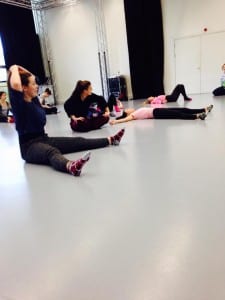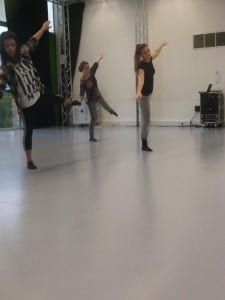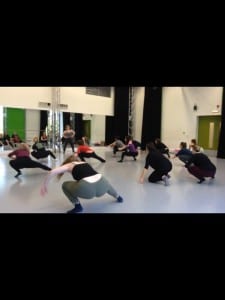I saw during the swinging floor exercise that endurance would be very important as the cohort were rushing when they became fatigued. “Endurance is your body’s ability to supply your muscles with the oxygen they need to continue working over extended periods” (Welsh, 2009, 96). In order to keep this movement aesthetic the cohort needed to use their endurance so they did not rush and so that the movements had the same clarity at the end as they did at the beginning. I believe that working on developing their strength will help them to improve their endurance, as they will not be as tired when holding the strenuous positions.
In order to improve the class’s strength, through endurance, the dancers were required to hold planks and do a sit up abs exercise making them tired but returning to these exercises helped to improve their strength and endurance. I think that using repetition in both dance technique classes will assist in developing the cohort’s endurance, which then improved their movement quality.
In the main exercise danced at the end of Alice’s class, the phrase included lots of fast rolls, turns and jumps. When the class first started practicing this exercise, at the start of the semester, they became really lethargic towards the end of the exercise. However now they have added more onto the exercise and can complete it all without stopping which shows strong progression through the improvement in their stamina.



